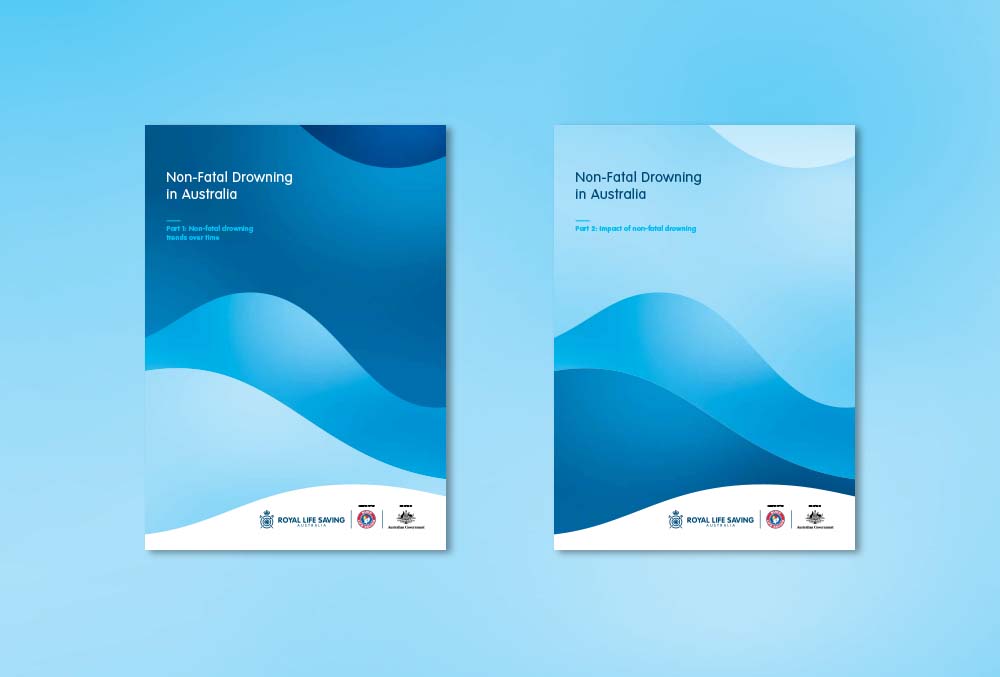Non-fatal drowning describes a drowning incident where the individual survives. It is sometimes incorrectly referred to as ‘near-drowning’ – this term has been replaced by the World Health Organization and should not be used.
Drowning is often thought of as fatal but, in fact, drowning can have one of three possible outcomes:
- Death
- Morbidity (injury)
- No morbidity (no injury)
In some cases an individual may not suffer any serious health complications following a non-fatal drowning. However, in other cases, non-fatal drowning can significantly impact an individual’s long-term health outcomes and quality of life. This may result in brain or other organ damage, the effects of which might be mild to severe. This is also known as hypoxic brain injury (brain damage due to lack of oxygen).
Children aged 0 to 4 years are at the highest risk of non-fatal drowning. Swimming pools record the largest number of non-fatal drowning incidents, especially among young children. Teenagers and adults are more likely to get into difficulty in natural bodies of water such as in rivers, lakes and at beaches.
Non-Fatal Drowning Research
Royal Life Saving research shows that in 2019/20, there were 504 non-fatal drowning incidents that required hospitalisation. We know people who survive a drowning incident often experience lifelong health issues, which in some cases, may lead to premature death. The emotional toll this has on families and loved ones is immense.
Our work shows that for every fatal drowning, there are three non-fatal drowning incidents. In children aged 0 to 4 years, this ratio is even higher with eight non-fatal drowning incidents for every fatal drowning in this age group.
Royal Life Saving is committed to strengthening non-fatal data collection to investigate the long-term health, social and economic impacts of non-fatal drowning. This will help to pinpoint specific trends to support the development of targeted drowning prevention campaigns.
How to stay safe
Children are at the highest risk of non-fatal drowning. When in, on or around water, children should always be actively supervised by an adult, regardless of the child's age or ability. Active supervision means focusing all of your attention, all of the time, when children are in, on or around the water.
Swimming pools are the leading location for non-fatal drowning in children. A correctly installed and regularly maintained pool fence can prevent children gaining access to the pool unaccompanied. The gate should be self-closing and self-latching. Never prop the pool gate open.
Enrol children in water familiarisation and learn to swim classes. Establish simple rules around water, such as no going near water without an adult.
Survival is usually determined by how quickly the person is removed from the water and how soon cardiopulmonary resuscitation (CPR) is performed (if required). It is important to know how to carry out CPR. Having the skills to react in an emergency situation can mean the difference between life and death while you wait for emergency medical care to arrive. Enrol in a first aid course and update your skills regularly.
Always swim where lifeguards are present, such as a public pool or patrolled beach. Avoid swimming or recreating alone, as no will be able to assist or call for help in an emergency.

